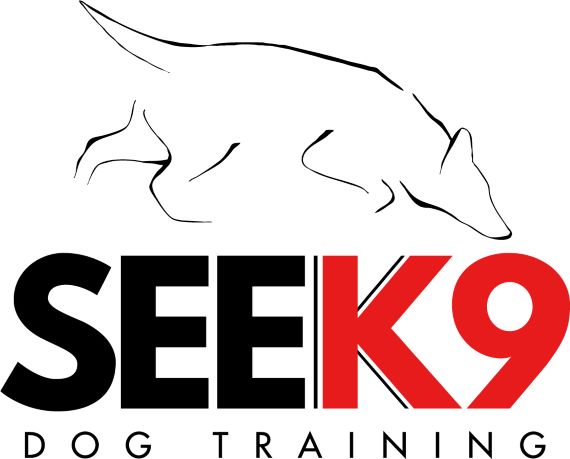
When you begin to train a dog, you become their teacher as you mold and shape their learning curve to your training goals. Whether it is basic obedience, tricks, or behavioral modification; there are three extremely important principles to always remember for the most optimal performance out of your dog. As owners or trainers, when you run into speed bumps or issues on a certain training goal, the answer to the problem will ALWAYS point back to one of these three principles of dog training.
Timing
Any behavior your dog does must have a consequence within 1-2 seconds in order for your dog to associate their behavior with that consequence. Positive behaviors must have a positive consequence within 1-2 seconds and negative behaviors must have a negative consequence within 1-2 second. Markers can help a lot with timing! Markers are a word or sound paired with some type of feedback or reinforcement. Once the word is conditioned to the reinforcer, then the word itself will take the place of the reinforcer you have consistently paired with it. Markers help bridge the gap in timing between the dogs behavior and the action that we as owners follow up with. If you are really consistent with using markers then eventually when you mark “good”, your dog will keep doing what they’re doing until they get a reward. When you mark “no”, your dog will stop in their tracks expecting a correction.
Motivation
Motivation is the most common issue in all of dog training, especially in the pet obedience category of dog training. For any dog to perform a behavior we ask they must be motivated to do so, being that they are animals at their core. It is why anyone does anything! Positive motivation is anything your dog likes such as food, treats, petting, or toys/play! Praise is not always the most effective which is why physical rewards are preferred. Negative motivation is something your dog doesn’t like. Negative motivation is always delivered through an approved dog training tool. Examples include water spray bottles, on leash collars such as martingale or starmark collars, and off leash electronic collars. The usage of a training tool is called a correction, yelling or scolding our dog is not sufficient to discourage behavior in the long run. If your dog knows what to do, but is not doing it, then likely it is a motivation issue. As an owner you have to find what motivates your dog best in all environments and it could be a combination of both positive and negative motivation for the most reliable behavior. Motivating a dog is not easy but read here on our guide to get more out of your dog with reinforcement theories
https://seek-9.com/how-to-properly-reinforce-your-dog
Consistency
This is essential for clear communication between you and your dog. Consistency in dog training is reacting the same way every time in response to any behavior your dog performs whether good or bad. Rules must be very black and white for your dog. If you are inconsistent then your dog will perform inconsistently. We must be consistent in our enforcement of commands and breaking undesired behaviors. Make sure to have one command for each behavior and try to stick to one single word for each cue whether it be a marker or command. The simpler you are with your communication with your dog, they will be able to pick things up quicker and more efficiently than if you are inconsistent.
